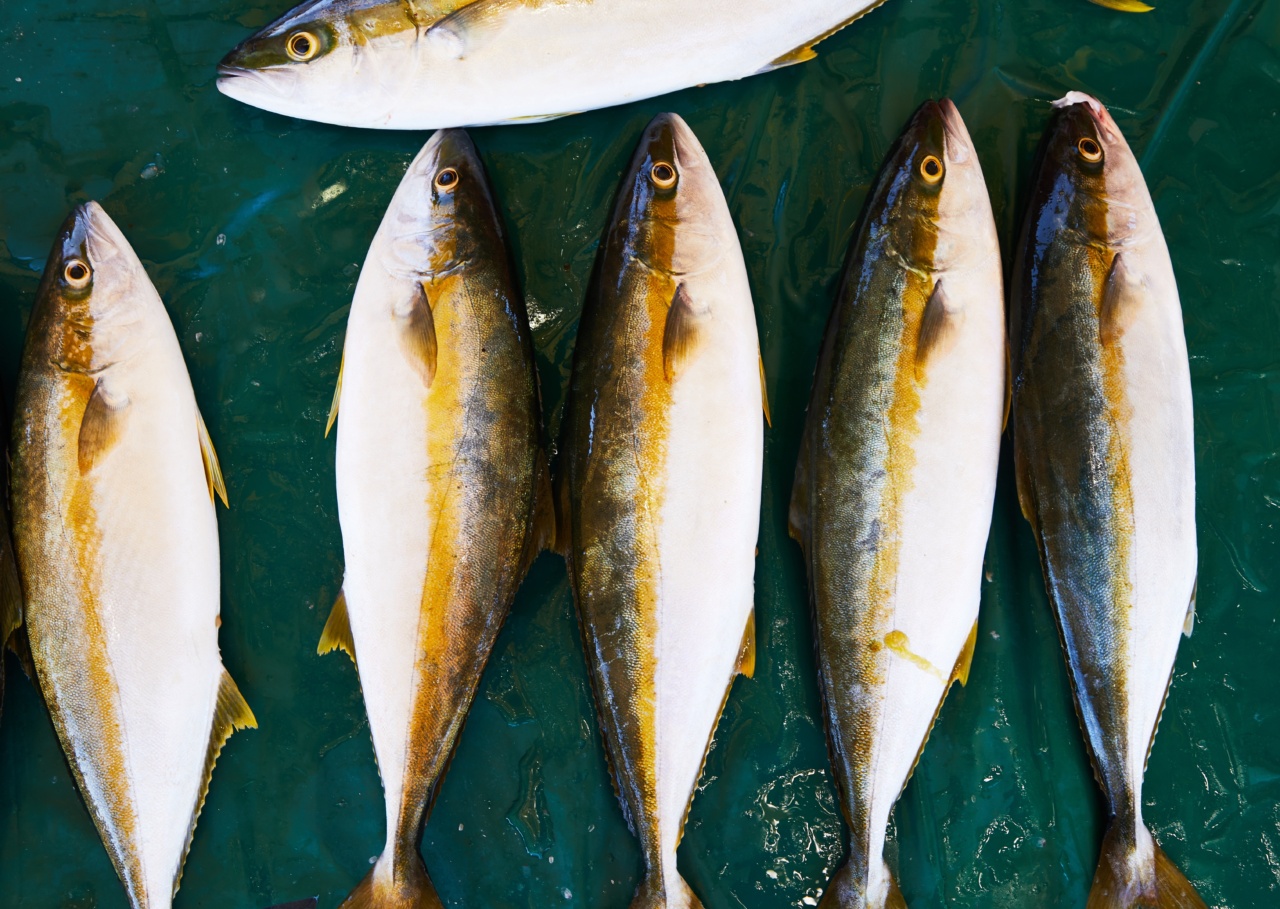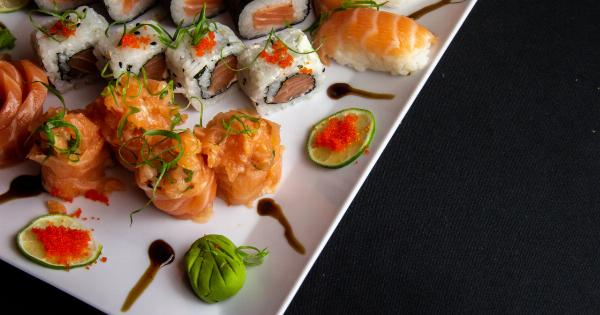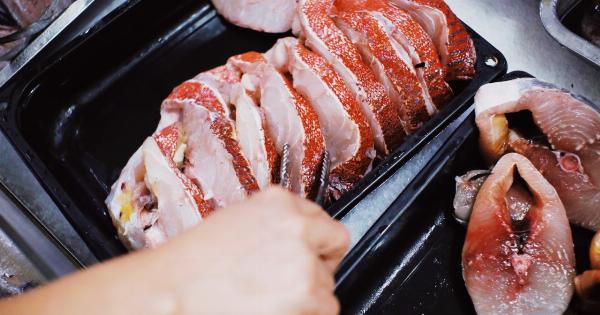Seafood is a delicious and healthy addition to any diet. However, to ensure that you enjoy its benefits, you must clean it thoroughly to prevent any illness.
This article provides an overview of how to clean seafood properly, from selecting the best seafood to cooking it for a safe and tasty meal.
Types of Seafood
Before we delve into the cleaning process, it’s essential to understand the types of seafood and their characteristics. There are two types of seafood: fish and shellfish.
Fish are vertebrates that are usually caught in the wild or farmed. They can be categorized into three groups: white, oily, and shellfish. Examples of white fish are halibut, cod, and haddock, while salmon, tuna, and mackerel are oily fish.
Shellfish include shrimp, lobster, mussels, and crab.
Shellfish, on the other hand, are invertebrates that live in water. They are categorized into two main groups: crustaceans and mollusks. Crustaceans consist of lobsters, shrimp, and crabs, while mollusks consist of mussels, clams, and oysters.
How to Select Fresh Seafood
The first step in cleaning seafood is selecting fresh seafood. When shopping, here are some tips to help you choose fresh seafood:.
- For fish, look for clear and shiny eyes, bright red gills, and a fresh sea odor. The flesh should be firm.
- For shellfish, make sure the shells are closed and intact. If they are open, tap them with a knife. If they close, they are still alive and safe to eat. The meat should also be firm.
Tools You Need for Cleaning Seafood
Cleaning seafood requires specific tools to do it properly and avoid getting injured. Here are some required tools:.
- Cutting board
- Sharp knives of different sizes
- Fish scaler
- Bowl
- Brush
- Tweezers or pliers
Cleaning Fish
Once you have selected fresh fish, it’s time to clean them. Follow these steps:.
- Start by scaling the fish, using a scaler or a knife. Hold the fish with one hand and scrape from the tail end towards the head. Rinse under cold water and remove any remaining scales.
- Using a sharp knife, make a cut behind the gills and down the belly to the anus. Remove the guts and discard them.
- Remove the head and the tail and rinse thoroughly.
- If you plan to keep the skin, run your knife under the skin, working from tail to head, to loosen it. You may also use a fish skinning tool.
- Finally, rinse the fish thoroughly under running water. Pat dry with a clean cloth or paper towel before cooking.
Cleaning Shellfish
When cleaning shellfish, it’s essential to follow some specific steps to avoid contamination:.
- Start by rinsing the shellfish under cold water to remove any dirt or sand.
- Scrub the shells with a brush to remove any debris or algae.
- For clams, soak them in cold water with salt for an hour to remove any sand or debris inside.
- For mussels, pull off the “beard” (i.e., the stringy bit that protrudes from the shell) and discard it.
- If the shellfish is alive, tap the shell and check whether it closes. Discard any that fail to close as this indicates that they are dead and potentially harmful to eat.
Cleaning Shrimp
Shrimp cleaning requires minimal effort and can be completed within minutes:.
- Start by removing the head and the shell. Pinch the legs near the head and pull the shell with your fingers.
- With a sharp knife, cut through the back of the shrimp to remove the black vein. This vein is the intestine and should be discarded.
- Rinse the shrimp under cold running water and pat dry with a clean cloth or paper towel before cooking.
Cooking Your Seafood
Once you have cleaned your seafood, it’s time to prepare it for cooking. Here are some recommended cooking methods:.
- Baking: Coat your seafood with oil, seasoning, and herbs and bake in the oven at 375 degrees Fahrenheit for 15-20 minutes, depending on the type of seafood.
- Grilling: Brush your seafood with oil and seasonings and grill on high heat for 3-5 minutes per side.
- Frying: Coat your seafood with seasoned flour and fry in hot oil until golden brown.
- Steaming: Season your seafood with salt and pepper and steam for 3-5 minutes until cooked through.
Cleaning Seafood Conclusion
Cleaning seafood is essential to avoid contamination and ensure a safe meal. To clean seafood properly, it’s important to select fresh seafood, have the right tools, and follow specific steps for each type of seafood.
Once you have cleaned your seafood, choose from a variety of cooking methods to bring out the flavors and textures of the seafood. Enjoy your delicious and healthy seafood!.






























